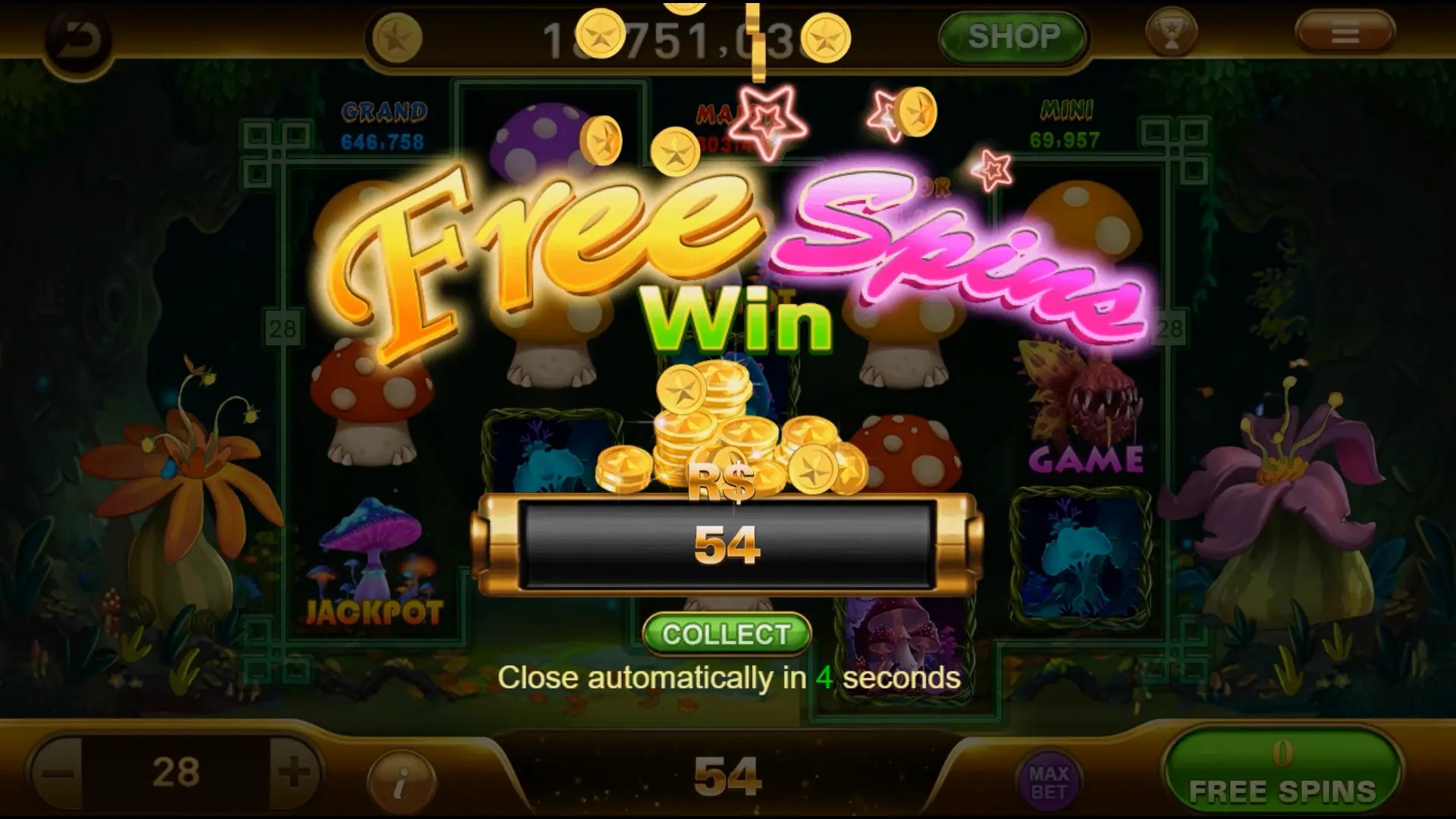Why Idle Games and Real-Time Strategy Games are Revolutionizing Casual Gaming
The Emergence of Idle Games
Idle games, often referred to as incrementals, offer a unique blend of simplicity and deep mechanics. The charm of these games lies in their ability to engage players without requiring constant attention. Unlike traditional games, where victory demands undivided focus, idle games reward progress even when you're not actively playing. This feature alone has attracted millions of causal gamers looking for an experience that fits their busy lifestyles.
Understanding Real-Time Strategy Games
On the flip side, real-time strategy (RTS) games like “StarCraft" and “Age of Empires" have carved out their niche in the gaming community. Players are challenged to think on their feet, building empires and directing troops in real-time – it’s all about strategy, agility, and sometimes, a fair bit of luck. RTS games are known for their competitive nature and require more engagement compared to the laid-back nature of idle games.
Combining Elements: When Idle Meets Strategy
Interestingly, the paths of idle games and real-time strategy games are now intersecting, creating new hybrids that blend the best features of both genres. Developers are tapping into the success of idle mechanics within strategy games, allowing players to build empires over time while still benefiting from the strategic depth of real-time gameplay.
Why Are Gamers Drawn to These Genres?
- Accessibility: Casual gamers find idle mechanics easy to pick up.
- Rewarding Gameplay: Even a few minutes spent on an idle game can yield tangible rewards.
- Strategic Depth: RTS games provide layers of complexity that keep hardcore gamers engaged.
- Time Management: Players can control how much time they want to invest.
The Impact on the Gaming Industry
The rise of idle games and RTS has significant implications for the gaming industry. Traditional developers are now incorporating idle features in new releases. This shift reflects not only changing consumer preferences, but also a growing need to cater to a broader audience. According to recent trends, the following chart summarizes the growth in player engagement across these genres:
| Game Type | Percentage of Player Engagement | Year-on-Year Growth |
|---|---|---|
| Idle Games | 75% | 25% |
| Real-Time Strategy Games | 60% | 15% |
| First Person Shooter RPG Games | 50% | 10% |
Challenges Faced by Idle Games and RTS
While the future looks bright for both genres, they aren't without their pitfalls. For instance, a common issue faced in **real-time strategy games** is the occurrence of TFT crashes at end of match, which can frustrate players experiencing a well-earned victory. Likewise, the casual nature of idle games can sometimes lead them down paths of monotony if developers fail to innovate.
The Future of Casual Gaming
As we look ahead, it's clear that both idle games and real-time strategy games are poised to redefine casual gaming. The integration of advanced mechanics and renewed player engagement tactics will ensure that these genres continue attracting gamers. Developers are exploring the possibilities of augmented reality and multiplayer platforms to enhance the player experience further.
Conclusion
Idle games and real-time strategy games may seem worlds apart, yet their convergence is reshaping the casual gaming landscape. The accessibility of idle games paired with the tactical complexity of RTS titles presents a promising future for players and developers alike. As the industry continues to evolve, fans of both genres can eagerly anticipate innovative experiences that blend the best of both worlds.



